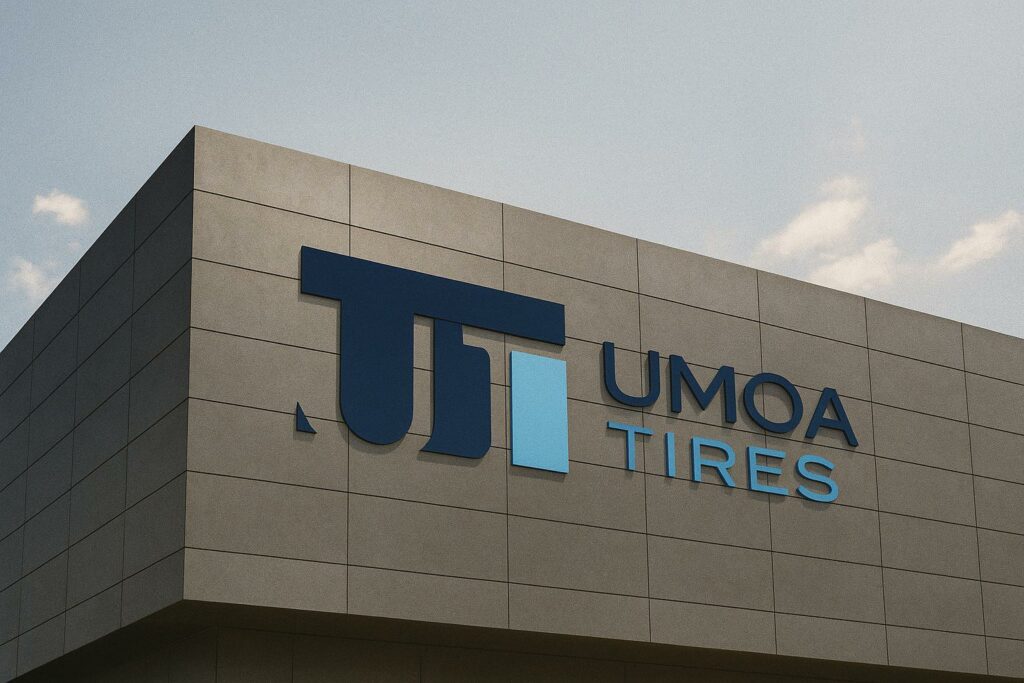A fully subscribed auction in a cautious macroeconomic climate
On 2 July 2025 the Burkinabè Treasury returned to the regional UEMOA marketplace with a combined operation of one-year Treasury bills and three, five and seven-year Treasury bonds. According to provisional data released by UMOA-Titres and corroborated by the Banque Centrale des États de l’Afrique de l’Ouest, the sovereign sought CFA35 billion and ultimately retained CFA38.499 billion after bids totalling CFA40.892 billion were placed, translating into a coverage ratio of almost 117 %. The allocation decision respected the customary prudence of Ouagadougou’s debt managers, who absorbed roughly 94 % of orders so as to avoid price-insensitive acceptance.
Signals of confidence from a diversified investor base
The outcome speaks to a regional investor community—commercial banks, social security funds and a growing number of local asset managers—that continues to view Burkinabè paper as a viable store of value notwithstanding lingering security pressures in the Sahel and a still-elevated fiscal deficit. Market participants interviewed in Abidjan and Dakar emphasised that the country has honoured all coupon and principal payments on schedule since joining the market in 2001, cultivating what one senior portfolio manager described as a ‘predictable credit culture’ even in difficult times. This record, reinforced by the IMF’s 2024 Article IV consultation acknowledging a gradual narrowing of the budget gap, appears to sustain the bid momentum.
The price of liquidity: yields hover well above coupon rates
Investor enthusiasm, however, is not cost-free for the sovereign. The one-year bill cleared at 9.35 %, while bonds priced between 7.23 % and 8.48 %, materially higher than their respective fixed coupons of 6.00 % to 6.40 %. The gap mirrors a regional repricing of risk after the tightening cycle of the BCEAO that lifted the key policy rate to 4.75 % in March 2025, coupled with the perception that security-related expenditures may persist over the medium term. Compared with the secondary-market mid-yields on Senegalese and Ivorian benchmarks of similar maturities, Burkinabè paper trades at a spread of 120 to 160 basis points, broadly in line with Fitch Ratings’ ‘B-’ sovereign ceiling for the country.
Strategic debt management in the shadow of reform
The Ministry of Economy and Finance views the latest auction as part of a carefully sequenced borrowing calendar aimed at extending the maturity profile and limiting rollover risk. Officials consulted in Ouagadougou point to an average life-to-maturity of 5.2 years for the domestic portfolio in 2025, compared with 4 years in 2022. Future operations will likely shift gradually toward longer-dated tenors as soon as market conditions permit, an approach consistent with World Bank recommendations on debt sustainability published in April 2025.
Simultaneously, the authorities are pressing ahead with revenue-enhancing administrative reforms, including the digitalisation of customs procedures and the introduction of an electronic invoicing platform. An IMF team leader noted that these initiatives could lift tax-to-GDP by one percentage point annually, easing pressure on domestic borrowing needs.
Regional ramifications and outlook for the WAEMU market
For the broader eight-member monetary union, the Burkinabè success story reinforces a narrative of market resilience. Cumulative gross issuance topped CFA4 trillion in the first half of 2025, surpassing BCEAO projections despite the simultaneous presence of Côte d’Ivoire, Senegal and Benin on international bond markets. Analysts at Ecobank Research argue that the deepening of the investor pool and the imminent launch of a primary-dealer framework could further compress bid-ask spreads, making domestic debt even more attractive relative to eurobond financing.
In the short term, primary yields are likely to remain elevated until inflation decelerates convincingly toward the BCEAO’s 3 % target. Nonetheless, the appetite displayed on 2 July suggests that, so long as sovereigns continue to respect debt ceilings and communicate transparently, regional capital will be available—even at a premium. For Burkina Faso, the delicate equilibrium between urgent development financing and prudent cost management will remain the defining challenge of its public-finance strategy.

